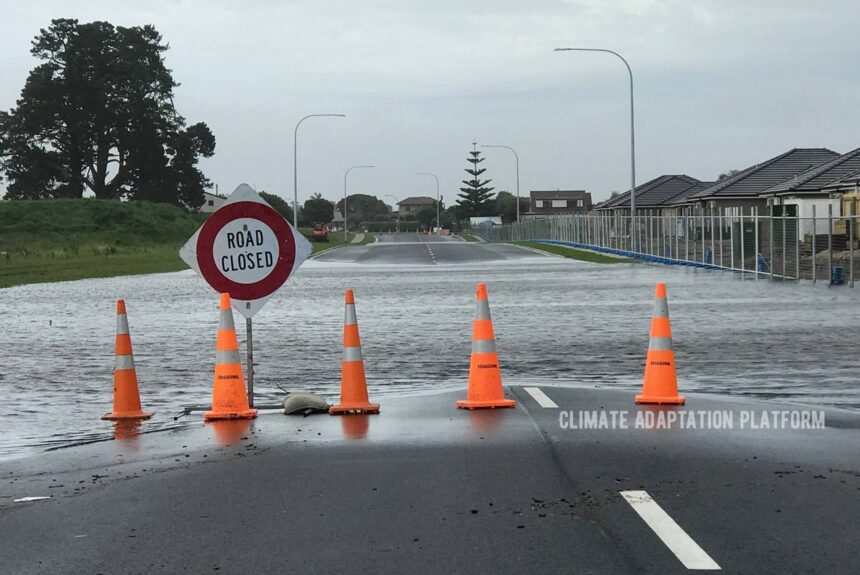A study on urban flood resilience applies an interdisciplinary and catchment-based approach using Elwood, a suburb in Melbourne, Australia, as a case study. The area is also vulnerable to pluvial and coastal flooding.
Flooding is another threat that urban areas face, in addition to the challenges of population growth, urban density, and climate change. Storm events are increasing in intensity and frequency, which threatens the liveability and resilience of city dwellers.
The traditional approach to flood mitigation, where infrastructure designs are based on historical data, is regarded as unsuitable in the face of new challenges.
Dealing with the uncertainties of climate change and urban development requires a new approach or paradigm for land use planning, urban design, and integrated water service delivery.
It requires cities to implement innovative structural and non-structural measures, a mix of green and grey infrastructures supported by governmental policies and regulations. An integrated flood resilience strategy improves the city’s capacity to cope with flooding and supports the city’s liveability objectives by delivering social, environmental and economic benefits.
The paper demonstrates the application of this interdisciplinary and catchment-based approach by integrating results from other disciplines, such as social science, urban design, and environmental engineering methods, to form an urban flood resilience framework.
The urban flood resilience framework focuses on measures to increase flood resilience while delivering broader liveability benefits.
The framework proposes a 3-tier framework for climate adaptation:
- manage the retreat from vulnerable areas and resettle inhabitants;
- accommodate continued occupancy and use of the vulnerable regions;
- protect susceptible areas with defence approaches.
The research provides valuable insight into operationalising interdisciplinary work, highlighting the importance of sharing an impact agency, taking a place-based approach, and developing a conceptual framework.
Source Citation:
Rogers, B.C., Bertram, N., Gersonius, B., Gunn, A., Lowe, R., Murphy, C., Pasman, R., Radhakrishnan, M., Urich, C., Wong, T.H.F., & Arnbjerg-Nielsen, K. (2020 February 17). An interdisciplinary and catchment approach to enhancing urban flood resilience: A Melbourne case. A Philosophical Transactions of the Royal Society. Mathematical, Physical, and Engineering Sciences. Volume 378, Issue 2168. Retrieved from https://doi.org/10.1098/rsta.2019.0201



Leave a Reply